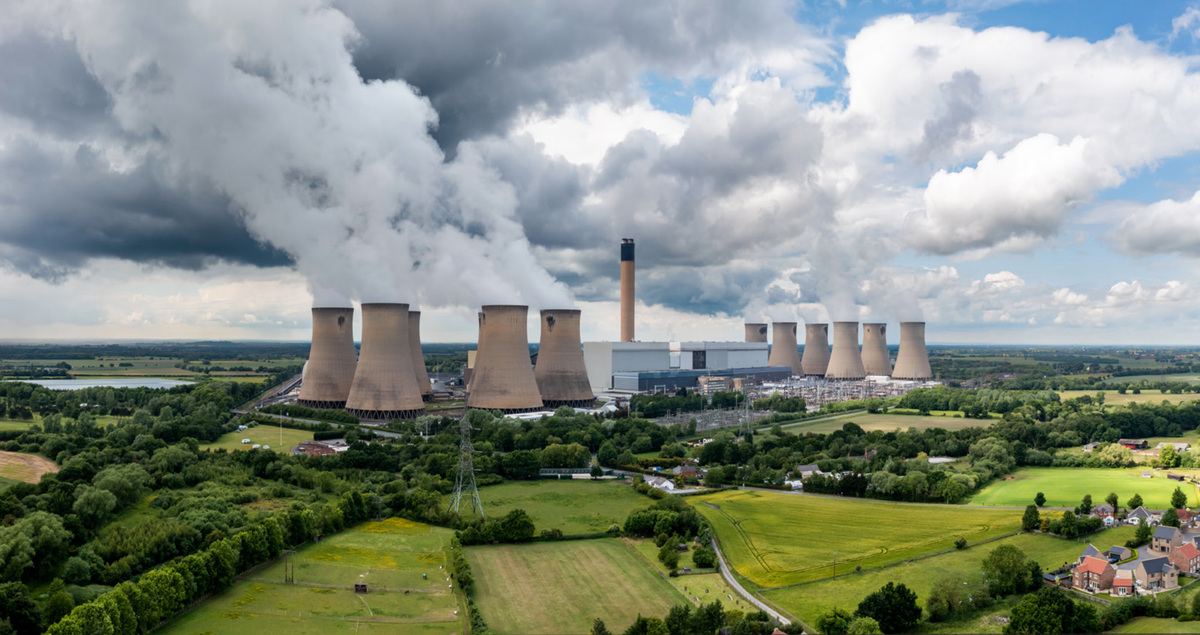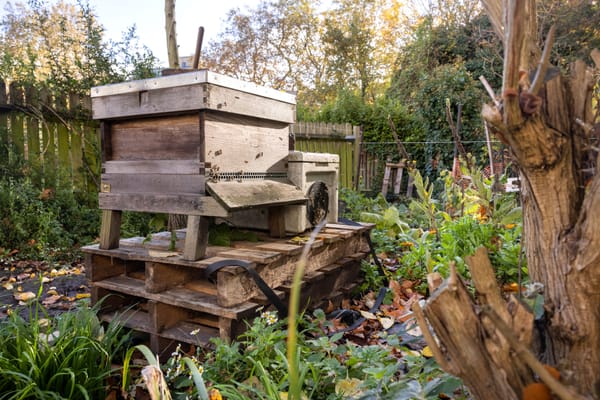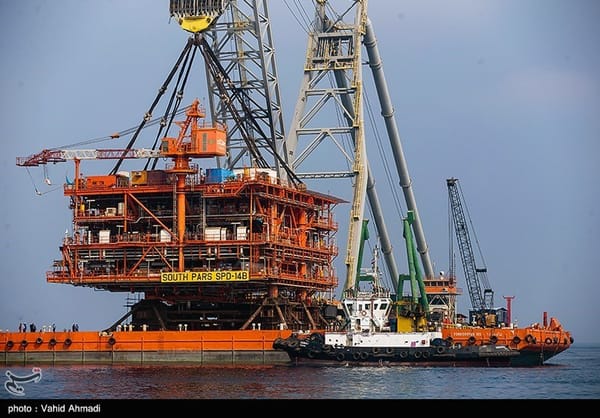Carbon dioxide removal, a key lever against global warming
Why carbon capture is a vital tool in efforts to combat rising temperatures.

Reducing CO2 emissions is essential to limit global warming, but this is not sufficient. Further action is needed to remove carbon dioxide stock: this is called “negative emissions”. Current projects, such as forests, capture, and peatlands are largely insufficient to achieve global climate objectives.
About two billion tonnes of carbon dioxide are removed from the atmosphere each year, mainly owing to forests, while global emissions reached 36.3 billion tonnes in 2021. Investments in new CO2 removal technologies are not increasing fast enough. Governments have invested $4.2 billion in CO2 removal research and development since 2010, and China is heavily involved in these new technologies — Beijing files one third of all patents. In December, the US Department of Energy committed $3.7 billion in multi-year funding for CO2 removal projects. From 2020 to 2022, investments in new disposal capacity worldwide did not exceeded $200 million. The main investment was made in the Icelandic Climeworks site, which directly removes CO2 from the air. However, the group is only removing in one year what humanity produces in a few seconds. A 1,300-fold increase in CO2 removal capacity of new technologies is needed by 2050 to limit the temperature rise to below 2 °C.
Fertilising the oceans
Carbon dioxide removal technology involves capturing the greenhouse gas in the atmosphere and storing it for a long time in the ocean or underground. To date, almost all CO2 removal is achieved through tree planting. Innovative technologies are still very marginal. The UN's Intergovernmental Panel on Climate Change (IPCC) has identified bioenergy technology with capture and storage as one of the most promising methods. This involves planting trees that absorb CO2 as they grow, burning them to produce energy, and subsequently burying the resulting CO2 from this combustion in mines. Other methods include converting biomass into biochar (a charcoal-like substance), restoring peat bogs, or increasing the CO2 absorption capacity of the oceans.
There is an abundance of ongoing research, however the only industrial project is a pilot plant in Drax, England. It would be the world's first industrial site if it gets the green light from the UK government. This solution could capture almost five million tonnes of CO2 per year, which is just over 1% of Britain's current emissions. However, there is concern that it could be a smokescreen, as experts have pointed out numerous problems with this project — Drax power station is the largest emitter of greenhouse gases in Britain. Once the largest coal-fired power station in Europe, it is gradually being converted to a biomass plant.
A far from neutral carbon footprint
The European Academies' Science Advisory Council warns against the “promise of bioenergy”, which could in some cases emit more CO2 than it can capture. Considering the transport of biomass, its transformation into pellets, the energy consumption of capture processes, the compression of CO2 and the adaptation of existing pipelines, the carbon balance is far from neutral.
Insufficient mitigation potential
Moreover, recent studies point out that the mitigation potential would be at most 1 to 2.5 billion tonnes of CO2 per year, well below the scenarios studied by the IPCC, which hope to reach 6.2 billion in 2050. This ambitious goal would require planting dedicated crops on an area approaching the size of India! Bioenergy would put increased pressure on land use, creating competition between agricultural land, forests and other natural ecosystems, which could increase food prices.
New storage projects
CCS projects (carbon capture and storage) are being promoted by the International Energy Agency. Northern Lights, whose partners are Equinor, Shell and Total, could store 1.5 million tonnes of CO2 per year in the North Sea from 2024. Labelled “project of common interest of the European Union”, Northern Lights intends to recover CO2 emissions from cement factories, waste treatment plants and European steelworks, then store it in an offshore reservoir 2,600 metres deep via a 110-kilometre long pipeline.
In Texas, a Direct Air Capture project is being considered to recover 1 million tonnes of emissions per year by 2024. This method involves using large fans, powered by renewable energy, to filter air and extract carbon dioxide from it. Then, using chemical processes, calcium carbonate is used to fix CO2 and store it underground.
Reducing emissions must remain the number one priority, yet major players in the economy continue to adopt a paradoxical attitude towards this emergency. The head of Aramco has stated that overtaxing the huge profits made by oil companies was out of the question if they were to invest in eliminating CO2.









